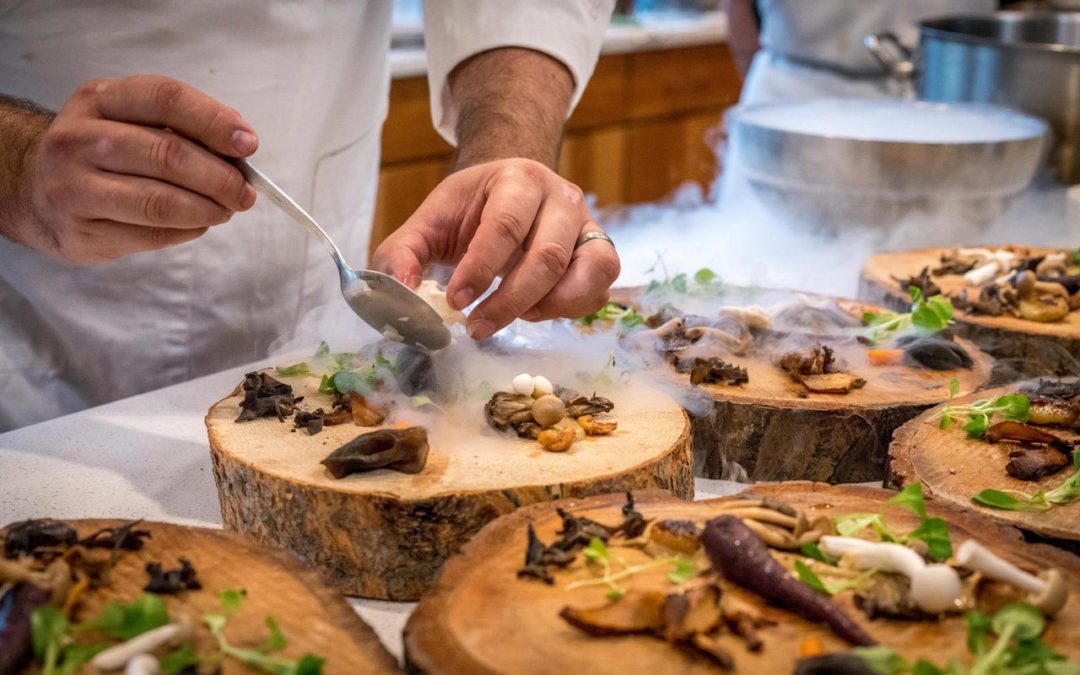There is an enjoyable Netflix documentary called “Chef’s Table”, and I had a chance to catch a few episodes this weekend.
The show provides great insight into the working patterns of amazing chefs along with the context of their pursuit of the profession. There’s not always a direct connection to anything but your appetite, but there were two scenes that I saw that provided new insight.
The first scene was in the episode with Brazilian chef Alex Atala.
He’s recounting a visit he made to a village in the Amazon jungle where he was talking with the best cook in the village, and she was showing him a particular sauce she made with ants. He tasted the sauce and noticed flavors of lemongrass and ginger, plants that are not native to Brazil. Excited, he asked her what herbs she had used. Her response was, “Ants”. Confused, he asked her what other kinds of herbs and spices she used. Her emphatic response was, “Taste the ants!” It turns out that ants do have a very specific lemon flavor, and these particular ants are active for four days out of the year – a rare and unique flavoring to use.
In typical Brazilian culture, as with ours in the US and many others, it is not traditional to eat insects. However, he made the point that scarcity of resources forces creativity and that creativity can find solutions completely outside the realm of normal.
A key principle of lean is to do something with the minimum necessary – no more, no less. In times and environments of plenty, that principle is often neglected to the detriment of the system and the people. When you have to work with less, have to come up with ideas instead of being told, have to be creative, you will be surprised at the new solutions you can find. Make it a point to impose constraints to allow people to develop their thinking.
The second scene was in the episode with Thai chef Bo Songvisava
When she wanted to start her restaurant in Thailand, there was a target for all ingredients to be organic but it was not easy to confirm the origin of product in markets, so they had to go directly to the farms to see how they were operating. One particular farm was harvesting palm sap and turning it into sugar. Palm sugar is an important ingredient in Thai cuisine and the flavor can have a big impact on the taste of a dish.
Songvisava’s team was comparing the methods of this farm with other commercial operations and noted that the sap was harvested from these trees several times a day versus every few days on commercial farms because the commercial farms used preservatives. I’m not enough of a sugar expert to know the difference, but the chef said the sugar was the best.
Better flow, higher frequency, smaller batches, and expert quality control were all on full display in their well-tuned system.
These two examples were immediate, but I’ve often felt similarities between the worlds of food and lean. Aside from being two things that I love to immerse myself in, I think that cooking and making share core elements that make us human. They both require teamwork in action, link providers and customers, sustain basic elements of life, and reward earnest improvement.
Whether you’re cooking or making, keep your mind open to new ideas, focus on creating flow, and keep principles in sight while on your improvement journey.




